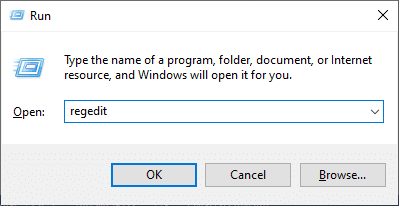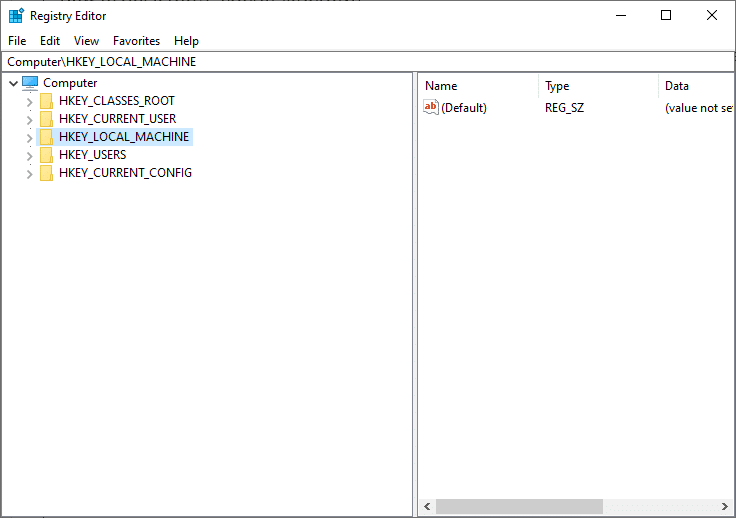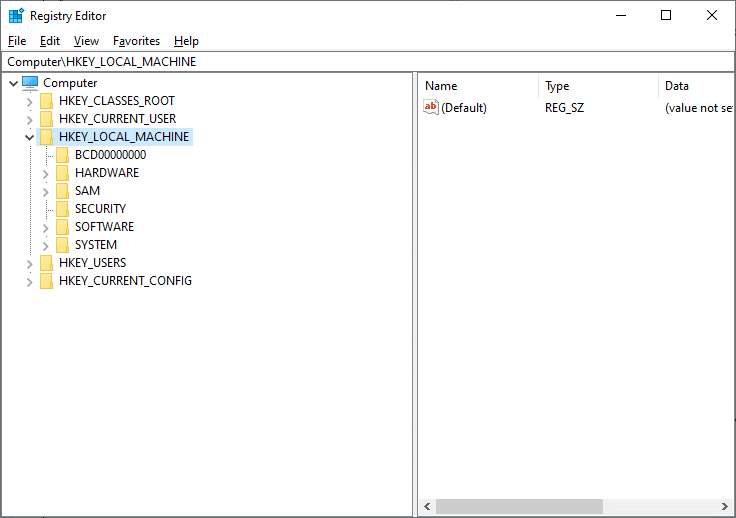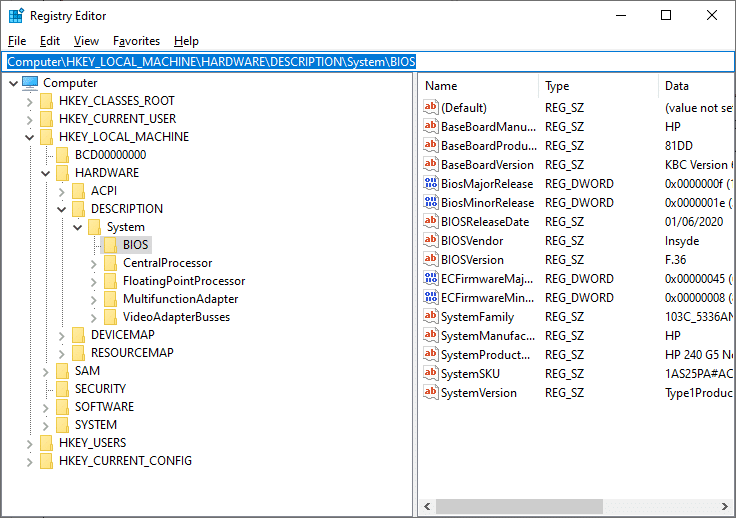What is HKEY_LOCAL_MACHINE? – TechCult
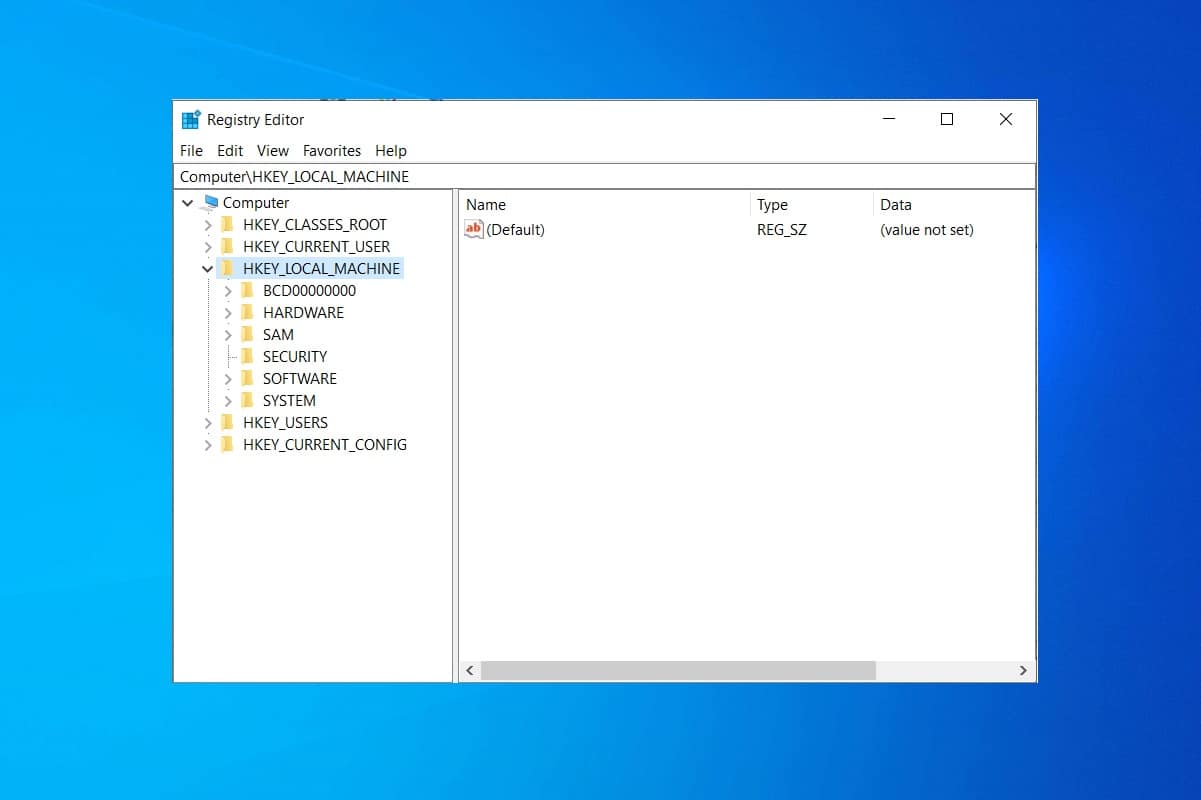
If you are looking to learn what HKEY_LOCAL_MACHINE is, and how to access it, read this short guide that will explain the definition, location, and registry subkeys of HKEY_LOCAL_MACHINE.

What is HKEY_LOCAL_MACHINE?
All the low-level Windows Settings and Application settings are stored in a database called Windows registry. It stores settings of device drivers, user interface, kernel, paths to folders, Start menu shortcuts, location of installed applications, DLL files, and all the software values & hardware information. However, if you open the Windows registry, you may see several root keys, each contributing to a specific Windows function. For example, HKEY_LOCAL_MACHINE, abbreviated as HKLM, is one such Windows root key. It includes the configuration details of:
- Windows OS
- Installed software
- Device Drivers
- Boot configurations of Windows 7/8/10/Vista,
- Windows services, and
- Hardware drivers.
Must Read: What is the Windows Registry & How it Works?
How to Access HKLM via Registry Editor
HKEY_LOCAL_MACHINE or HKLM is often called a registry hive and can be accessed using the Registry Editor. This tool helps you to create, rename, delete or manipulate the root registry keys, subkeys, values, and value data. It can be used to fix several problems in your system. However, you have to be always careful while using the registry editor tool because even a single wrong entry might make the machine unusable.
Note: Therefore, you are advised to back up the key before performing any operation with the registry editor. For instance, if you wish to delete the residual or junk files, you should not do it yourself unless you are certain about the entries. Otherwise, you can use a third-party registry cleaner that will help you remove all the unwanted registry entries automatically.
You can open HKLM through Registry editor as follows:
1. Launch the Run dialog box by pressing Windows + R keys together.
2. Type regedit as follows and click OK.
3. In the left sidebar double click on Computer to expand it and select the HKEY_LOCAL_MACHINE folder option, as depicted.
4. Now, again double-click on the HKEY_LOCAL_MACHINE option to expand it.
Note: If you have already used the registry editor before, it will be in an expanded state already.
List of Keys in HKEY_LOCAL_MACHINE
There are many registry key folders like inside the HKEY_LOCAL_MACHINE key folder, as defined below:
Note: The mentioned registry keys may differ according to the Windows version you use.
- BCD00000000 Subkey – The boot configuration data that is essential to boot the Windows operating system is stored here.
- COMPONENTS Subkey – The configuration settings of all the components in the Windows Operating System are stored in this subkey.
- DRIVERS Subkey – The details regarding the drivers, both software and hardware installed in your system are stored in the Drivers subkey. It gives you information regarding the date of installation, update date, working state of drivers, etc.
- SOFTWARE Subkey – The Software key is one of the most commonly used subkeys of the registry editor. All the settings of the Applications you open and the User Interface details of the Operating System are stored here.
- SCHEMA Subkey – It is a temporary registry key created during the Windows Update or some other installation programs. These are deleted automatically, once you complete the Windows update or installation process.
- HARDWARE subkey – The Hardware subkey stores all the data relevant to the BIOS (Basic Input and Output System), hardware, and processors.
For instance, consider the navigation path, Computer HKEY_LOCAL_MACHINE HARDWARE DESCRIPTION System BIOS. Here, all the data of the current BIOS and system are stored.
Also read: How to Backup and Restore the Registry on Windows
Hidden Subkeys in HKLM
Few subkeys in the Registry editor are hidden by default and cannot be viewed. When you open these keys, they may seem empty or blank, along with their associated subkeys. The following are the hidden subkeys in HKEY_LOCAL_MACHINE:
- SAM subkey – This subkey holds the data of the Security Accounts Manager (SAM) for domains. Every database holds Group Aliases, User accounts, Guest accounts, Administrator accounts, Login names of domain, and so on.
- SECURITY subkey – All the security policies of the user are stored here. This data is linked to the security database of the domain or the corresponding registry in your system.
If you want to view the SAM or SECURITY subkey, you have to log in to the Registry Editor using System Account. A system account is an account that has higher permissions than any other account, including an Administrator account.
Note: You can also use some third-party software utilities like PsExec to view these hidden subkeys in your system. (Not Recommended)
Recommended
We hope that this guide was helpful and you have learned about HKEY_LOCAL_MACHINE, its definition, how to access it, and a list of registry subkeys in HKLM. Also, if you have any queries, or suggestions regarding this article, then feel free to drop them in the comments section.
